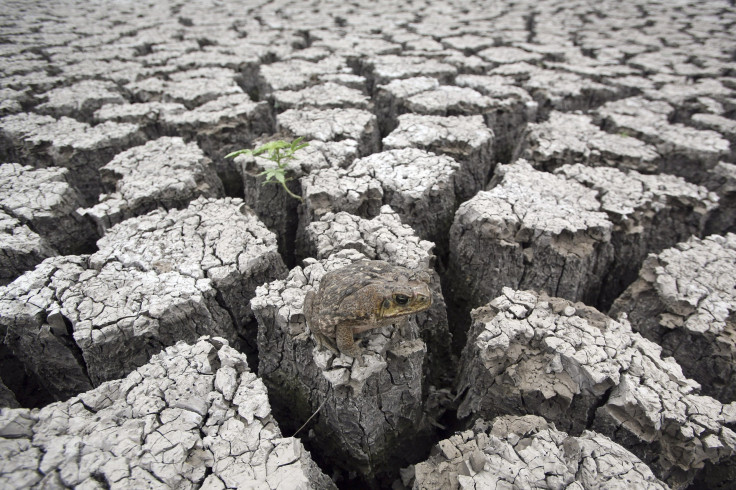El Niño Was Unusually Active In The Late 20th Century Possibly Due To Climate Change

Climate change could have been a reason for the recent unusually frequent occurrence of the El Niño phenomenon -- a band of warm ocean-water temperatures that spawns drought, floods and other weather disturbances worldwide -- a new study reveals.
A group of scientists working at the International Pacific Research Center at the University of Hawaii studied 2,222 tree-ring chronologies from the past 700 years from the tropics and mid-latitudes in both hemispheres, to reveal that El Niño was unusually active during the last few years of the 20th century compared to the past 700 years, suggesting that this climate phenomenon is responding to a warming of temperatures worldwide.
“In the year after a large tropical volcanic eruption, our record shows that the east-central tropical Pacific is unusually cool, followed by unusual warming one year later,” Jinbao Li, lead author of the study, said in a statement.
El Niño–Southern Oscillation, or ENSO, which is popularly known as El Niño the world over and has become a ubiquitous reference in any discussion on climate change, refers to an unusual warming of surface ocean waters in the eastern tropical Pacific.
“Like greenhouse gases, volcanic aerosols perturb the Earth's radiation balance. This supports the idea that the unusually high ENSO activity in the late 20th century is a footprint of global warming,” Li said.
According to the study, published in the June 30 online issue of Nature Climate Change, ENSO impacts the daily life of millions of people. During El Niño, Atlantic hurricane activity wanes and rainfall in Hawaii decreases while Pacific winter storms shift southward, elevating the risk of floods in California.
"Many climate models do not reflect the strong ENSO response to global warming that we found. This suggests that many models underestimate the sensitivity to radiative perturbations in greenhouse gases," Shang-Ping Xie, meteorology professor at the International Pacific Research Center at the University of Hawaii, said.
“Our results now provide a guide to improve the accuracy of climate models and their projections of future ENSO activity. If this trend of increasing ENSO activity continues, we expect to see more weather extremes such as floods and droughts.”
El Niño’s warm phase can cause increased rainfall across the southern tier of the U.S. and in Peru, flooding and drought in the West Pacific, and devastating brush fires in Australia, according to a NOAA statement.
© Copyright IBTimes 2024. All rights reserved.




















